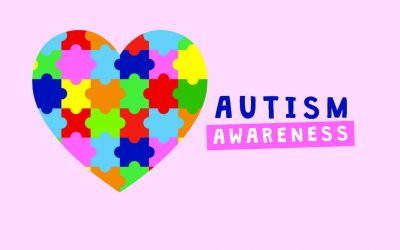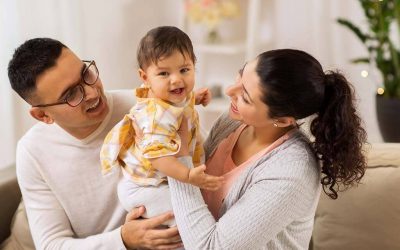On Autism & Exercise
By Daniel Hawthorne
Someone once asked me what, if anything, I would do differently as principal of a school for autistic children. I responded that I would have the chldren out running and playing vigorously for at least an hour twice a day. He smiled out of one side of his mouth, and said, “And then where would you go next to look for work?”
Maybe so, but it is my heart-felt conviction that physical activity of some kind is vital to helping autistic children, like me at one time, function.
By observation in my own life, I have long felt strongly that aerobic exercise of any kind played a valuable role in my being able to function on a relatively high level as an autistic child and now as well.
The reasons for the connection, however, remained to me a mystery for many years. Then, when I did start learning more about the aggravating factors of autism, the connection started becoming clear. The human body is truly a remarkable machine, able to cleanse itself of heavy metals, toxins, opioids, and the such. Sustained exercise enhances all of the body’s abilities, including this. Of course, heightened physical activity means getting more oxygen to the cells that need it most, the ones in the brain. To me, it all made sense. No wonder I love to walk and go bicycling so much.
This past week, yet another reason became apparent to me: that of the connection between physical activity and the development of new nerve cells in the hippocampus of the brain. A recent study at the Salk Institute involving four groups of mice confirmed just such a connection. The mice in group one were sedentary, being the control group. The mice in group two had regularly scheduled times for swimming; those in group three could swim at anytime. Group four had a running wheel; thus, the mice there were allowed to run freely at any time.
At the end of the twelve days, it was not surprising that mental development occurred in all four groups; what was surprising, though, was the amount of difference found among the four. Group four differed by twice the number of new cells gained in group one. Keep in mind that this was only for twelve days, not a real significant amount of time in the total lifespan of a mouse, I would think, anyway. Groups two and three also faired much better than the control group. (1)
Other studies have shown that the human brain is plastic as well.
Some years ago, a group led by Dr. Toshiaki Hashimoto, conducted a study based on age and overall brain development. He found that during infancy this area of the brain is much smaller in the autistic than in the non-autistic group. He also found steady rates of development of this area of the brain in both groups, with the rate of development in the autistic group being much steeper. (2)
So we know that rates of development differ as the brain of an autistic individual struggles to catch up with his non-autistic counterpart.
My point is this: autistic children need physical activity to help them develop as well as to help them deal with high levels of frustration from sensory difficulties. I would even say that their body craves it. If that physical activity is denied, then they will find other, more inappropriate, ways to be active. And it need not be anything highly structured or with a lot of rules, either; simply kicking a soccer ball around or bicycling, if done consistently, would work just as well, in my view. I agree that diets and drugs have their place in treatng autism, but so does aerobic activity.
(1)Wasowicz, Lidia. (2000). Exercise does a brain good. [Online]. Available HTTP: http://www.medserv.dk/health/1999/02/23/story03.htm
(2) Hashimoto, Tokiashi, et. al. (1995) Development of the brainstem and cerebellum in autistic patients. Journal of Autism and Developmental Disorders, 25, 1-18.


